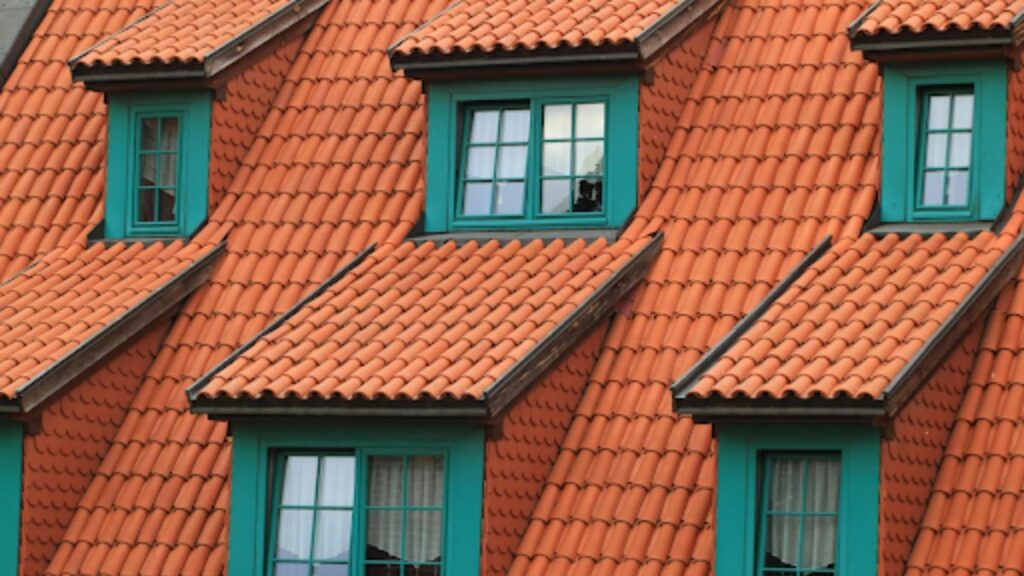Your roof is one of the most critical components of your home, protecting it from harsh weather, leaks, and structural damage. With the right care and maintenance, you can extend your roof’s lifespan and ensure it remains in top condition for years to come. Proactively maintaining your roof can prevent costly repairs and help you avoid the need for a full replacement sooner than expected. By making small but consistent efforts, you can preserve your roof’s health and keep it resilient against the elements. Here are expert tips to help you maximize your roof’s durability and maintain its integrity.
1. Regular Inspections and Immediate Fixations
Routine roof inspections are essential for identifying early signs of damage or wear that could worsen if left unaddressed. It’s recommended to inspect your roof at least twice a year and after any major storm to catch potential issues. For example, if you notice missing shingles, leaks, or cracked flashing, addressing these issues promptly can prevent more severe damage down the road. Opting for repairs on your roof when minor issues arise is crucial to maintaining its integrity over the long term. Regular inspections and timely repairs can not only save money but also increase your roof’s longevity, keeping your home well-protected.
2. Keep Gutters Clean and Functional
Clogged gutters can lead to significant roof damage by allowing water to pool or overflow, which can then seep into the roof structure. Leaves, twigs, and other debris can build up in gutters, leading to improper drainage and potential leaks. Regularly cleaning your gutters, especially during fall and spring, will ensure water flows freely away from the roof. Installing gutter guards can also help minimize debris buildup, reducing the frequency of cleanings and maintaining the health of your roof structure by keeping water away. By keeping gutters clear, you help prevent moisture buildup and other issues that could compromise your roof’s strength.
3. Trim Overhanging Branches
Trees that hang over your roof may add to the aesthetics of your property, but they can also be a hazard if not managed. Overhanging branches can scrape and damage shingles, especially during storms. They can also drop leaves and other debris onto the roof, which can trap moisture and encourage mold growth. To avoid these issues, keep branches trimmed back from the roof by at least six to ten feet. This preventive step will help protect your roof from unnecessary wear and reduce the risk of damage from falling branches during extreme weather. Regular tree trimming also promotes healthier tree growth, ensuring branches are less likely to fall unexpectedly.
4. Monitor for Signs of Moss and Algae Growth
Moss and algae can grow on roofs in humid or shaded areas, causing moisture retention and damage over time. Algae creates dark streaks on shingles, while moss can lift and damage shingles as it grows thicker. If you notice any green patches or dark stains on your roof, it’s essential to clean these areas promptly. Using a mixture of water and mild detergent or specialized moss remover can effectively eliminate these growths without damaging your shingles. Keeping your roof clean and free from moss and algae will enhance its longevity and prevent further moisture issues. Regularly addressing these growths can also maintain your home’s curb appeal and property value.
5. Ensure Proper Ventilation in the Attic
Adequate ventilation in your attic is essential for regulating temperature and reducing moisture buildup under the roof. Poor ventilation can lead to heat buildup in summer, which accelerates shingle deterioration, and moisture retention in winter, which can cause mold and mildew. Installing vents in the attic and ensuring airflow will help maintain a balanced temperature and reduce humidity, thereby extending the life of your roof. Proper attic ventilation is a foundational step for long-lasting roof health, as it helps prevent premature aging of roofing materials. Investing in quality ventilation systems can also improve your home’s energy efficiency, leading to reduced cooling costs.
6. Inspect Flashing Around Chimneys and Skylights
Flashing is a thin metal material installed around chimneys, skylights, and other roof protrusions to prevent water from entering the home. Over time, flashing can become loose or damaged, leading to potential leaks and water damage. During roof inspections, pay special attention to flashing around these areas, as they are common weak points for water infiltration. If you notice any cracks or gaps, have them repaired immediately to prevent costly damage. Ensuring flashing is secure and intact will provide an added layer of protection for your roof against water intrusion. Well-maintained flashing can significantly increase your roof’s lifespan by preventing costly leaks and structural issues.

Proper maintenance is key to maximizing the lifespan of your roof, protecting your home, and minimizing costly repairs. By conducting regular inspections, keeping gutters clean, trimming overhanging branches, monitoring for moss, ensuring proper ventilation, and checking flashing, you can help your roof withstand the test of time. Consistent care will safeguard both the roof and the structure of your entire home. With these expert tips, you can keep your roof in top condition, enhancing its durability and maintaining the safety of your home for years to come.






